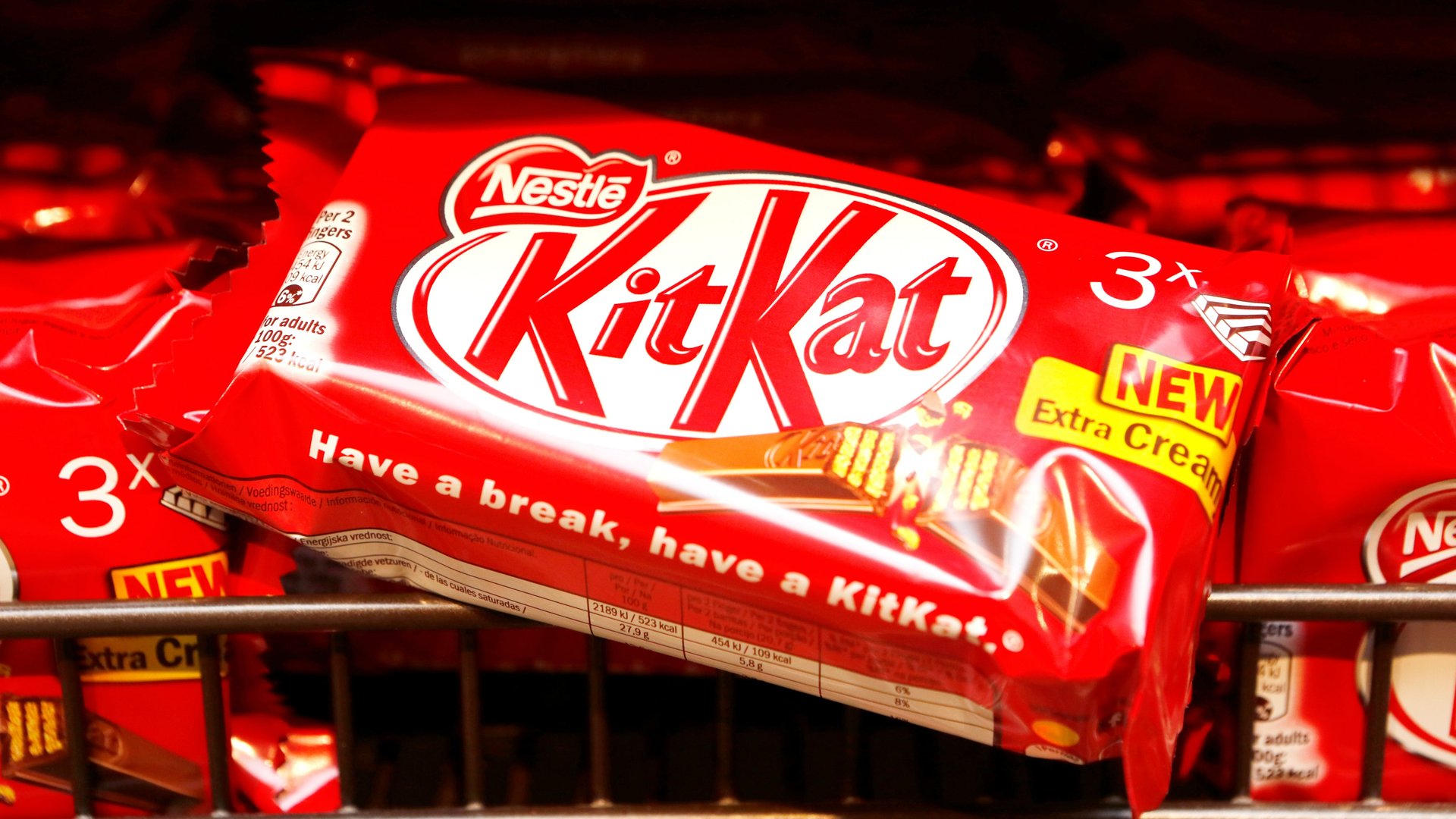The world’s largest chocolate makers are finally working together to save trees
For the first time, key players in the chocolate industry have agreed to cooperate to stop deforestation in major cocoa-growing areas, and they plan to start in Côte d’Ivoire and Ghana.


For the first time, key players in the chocolate industry have agreed to cooperate to stop deforestation in major cocoa-growing areas, and they plan to start in Côte d’Ivoire and Ghana.
In signing the agreement (pdf), Nestlé, Mars, Mondelez, Cargill, and Olam are acknowledging that their cocoa buying habits have helped destroy virgin forests. Until now, palm oil, beef, timber, and soybean producers have been targeted as the chief deforestation villains.
Getting chocolate companies on the same page is an important step, but the hard work of finding a solution won’t be easy. The agreement commits the companies to developing and presenting a plan-of-action to address deforestation at the United Nations Framework Convention on Climate Change conference at Bonn, Germany, in November.
“We all know that delivery on such commitments can be challenging, to put it mildly, and that the list of commodities covered remains far from complete,” said Prince Charles, in speech at the announcement in London. The Prince of Wales is big advocate of preserving virgin forests as part of fighting global climate change.
For consumers who eat chocolate, the cocoa agreement may help alleviate guilt about enjoying a sweet that harms not only their waistlines, but communities and forests elsewhere on the planet.
There is no definitive data on the full extent of deforestation due to cocoa production. For a long time, most of the world’s cocoa has come from West Africa. But producers have had to expand into South America after aging trees, crop diseases, pests, politics, and climate change have disrupted African production.
The World Cocoa Foundation has said it suspects land in West Africa and in the Amazon, in particular, have experienced large-scale logging to make way for commercial cocoa development. Ghana has estimated it has lost 2% of its forests each year, half of which has been attributed to agricultural expansion. That number is suspected to be higher in Côte d’Ivoire. At the same time, global cocoa production increased by 275% between 1961 and 2014, according to UN data.
“Left unchecked, expanding cocoa production would continue to eat away at forests from Africa to South America, which endangers biodiversity, worsens climate change and threatens local livelihoods,” said Rod Taylor, director of the World Resources Institute forests program. “It also hurts the productivity of cocoa farmers by reducing shade cover, disrupting water supplies, and causing soil erosion.”
This isn’t the first time the globe’s biggest names in chocolate have united for a common mission. In 2014 they agreed to to share data about farming practices and crop yields to help find ways to drive up cocoa production during a time when suppliers were struggling to meet demand.